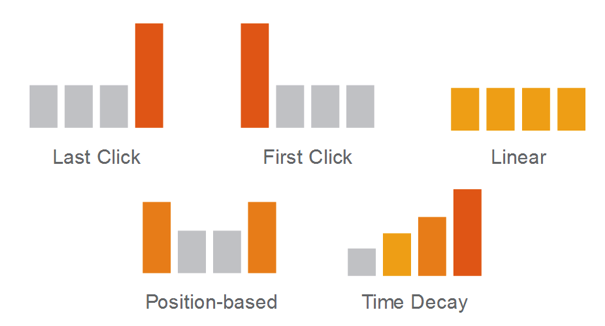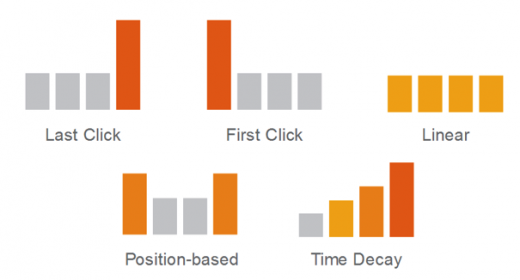Google Makes Data-Driven Attribution Default Model In Privacy Landscape
Google Makes Data-Driven Attribution Default Model In Privacy Landscape

As Google increases its focus on the private search experience for users, it’s also adjusting the available attribution models for advertisers.
The company on Monday announced it will migrate many of its existing users to this model. Data-driven attribution will become the default model for all new Google Ads conversion actions.
Data-driven attribution in Google Ads “uses advanced machine learning to more accurately understand how each marketing touchpoint contributed to a conversion, all while respecting user privacy,” Vidhya Srinivasan, vice president/general manager of buying analytics and measurement for Google Ads, wrote in a post.
Data-driven attribution uses conversion data to calculate the actual contribution of each ad interaction across the conversion path, explains Google. It considers all interactions such as clicks, video engagements in search, shopping, YouTube and display in Google Ads.
It also compares the paths of customers who convert to those who don’t to identify patterns among ad interactions that lead to conversions. The model then gives more credit to those valuable ad interactions on the customer’s path.
There are data requirements. Using this model requires at least 3,000 ad interactions in supported networks, and a conversion action must have at least 300 conversions within 30 days. Marketers who don’t have enough data will not see an option to use data-driven attribution model.
The benefits of this model, per Google, include moving away from the last-click attribution method. It’s a way to analyze the full marketing journey and higher-performing campaigns.
Google believes this measurement model demonstrates that privacy-focused solutions can be just as effective — or even more so — in many cases.
The data-driven attribution model will roll out as the default for all new conversion actions beginning in October. The plan is for all Google Ads accounts to have access by early next year.
Advertisers will still have the option to manually switch to one of the five rule-based attribution models, but Google hopes that with these upgrades, data-driven attribution can help advertisers understand the full value of their Google Ads campaigns.
The other attribution models include last click, first click, linear, time decay, position-based, and data driven.
(36)


